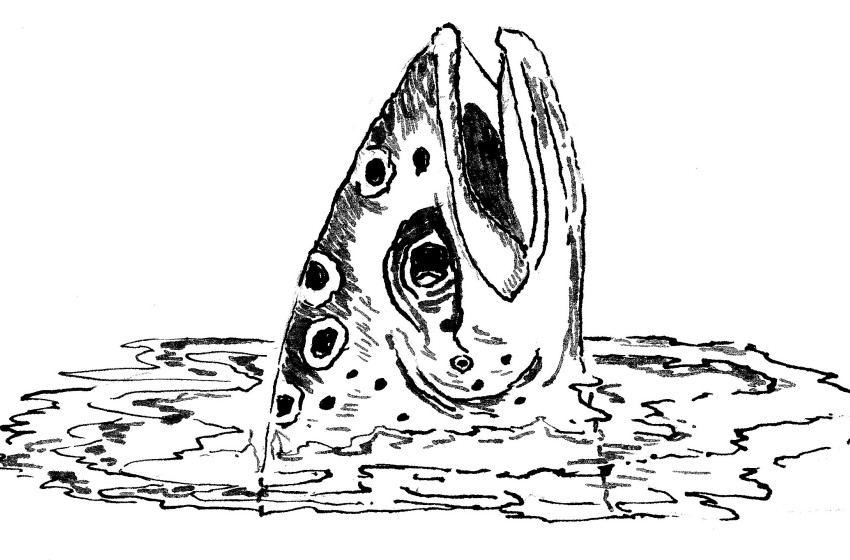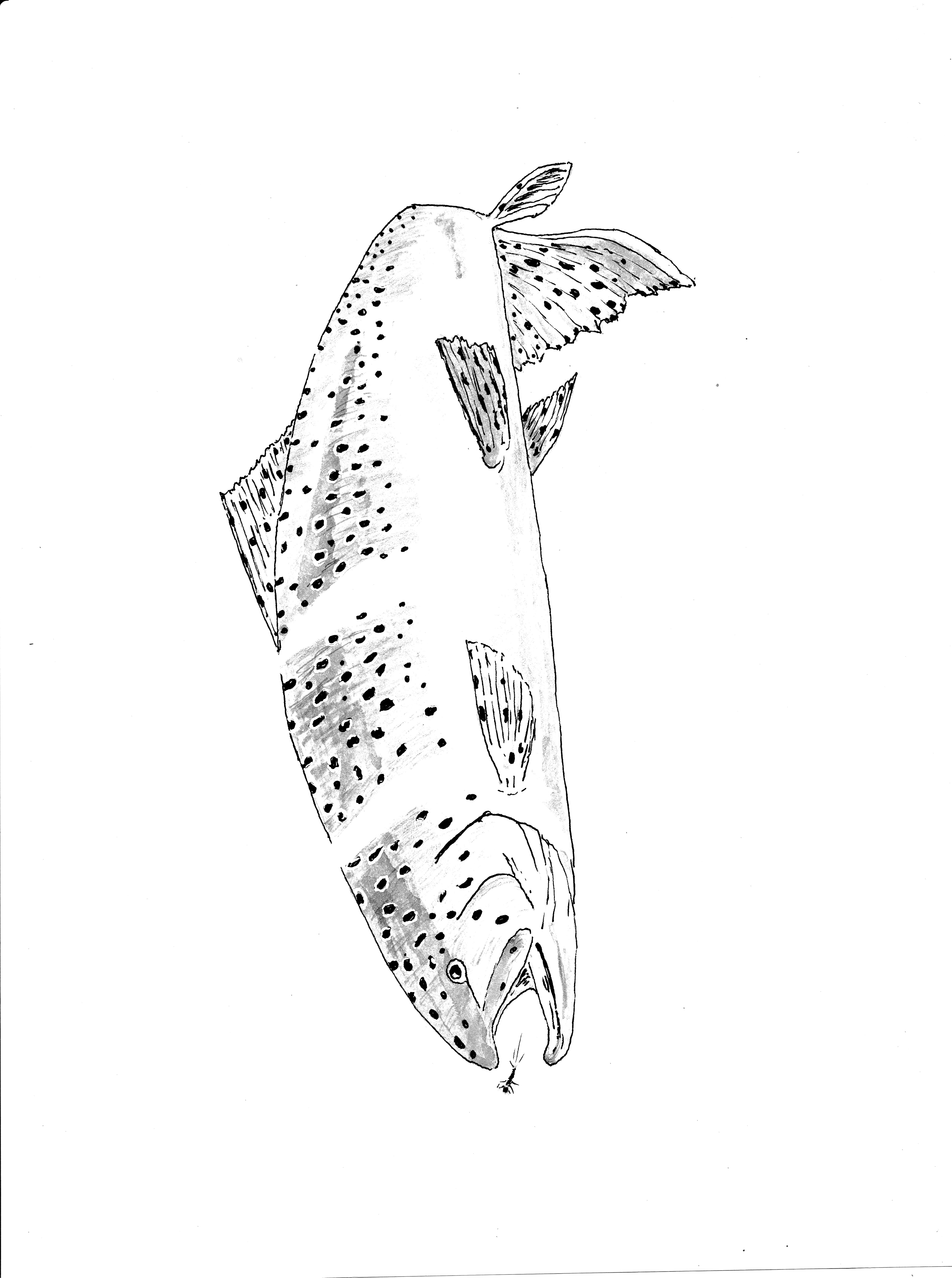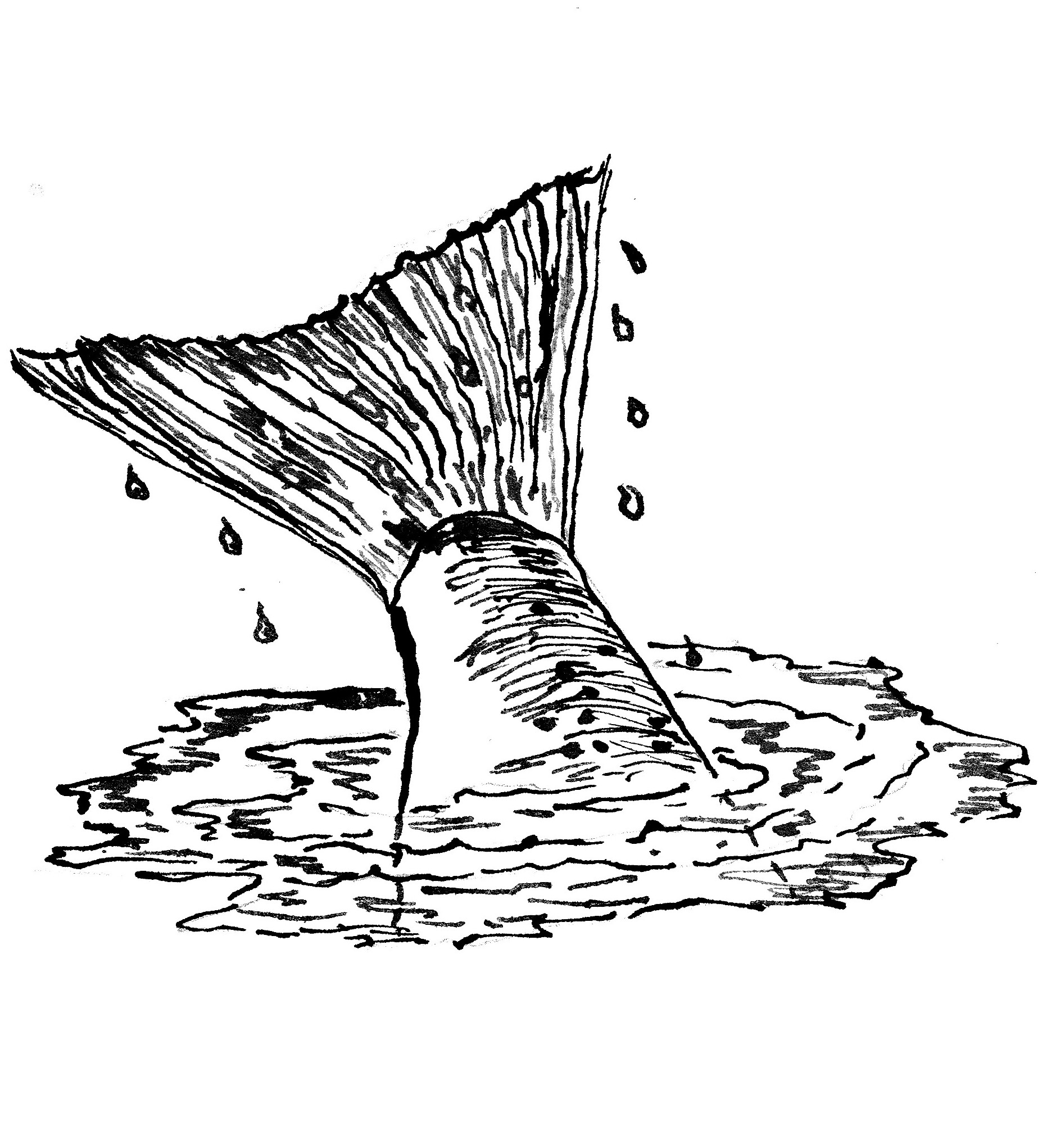Hugh Creasy Column March 2021
- 18/03/2021
- Richie Cosgrove

Change is coming, chill winds from the south sweep through the forests.
The beech trees respond with a leaf-fall on rain-soaked mosses and ferns, where the slime moulds and fungi are stirred into life and sprout mysterious fruit bodies as they devour leaf and wood and enrich the forest floor.
In turn, rainfall becomes enriched and trickles through the forest floor and into the rivers where the benthic fauna feeds on microscopic life and are in turn fed upon as the chain of life continues to the larger fishes and animals who are the top predators.
Predation takes places in all forms of life.
It is how nature works. It becomes most obvious to the angler when somnolent streams come to life, and fish start jumping and mayflies hatch and anglers grow twitchy with the desire to predate.
Now is a great time to go fishing.
The covid pandemic has cut foreign tourism to zero, but they will return and there is some talk of encouraging even larger numbers than in pre-pandemic days when wandering foreigners polluted our holiday parks and freedom campers turned roadside carparks into open toilets.
Covid has given the natural world a rest.
Before the pandemic hit, angling on many of our highest producing rivers became competitive – a race between tourist anglers and accompanying guides and locals.
Fish in many of the smaller streams were and still are sensitive to disturbance.
A stream like the Awarua, also known as Larry’s Creek, a tributary of the Inangahua, suffered heavy attention because of the large fish it contained.
If you arrived mid-morning on any day of the week you would be too late.
Fish would be put down in every pool as catch and release tourists, not content with catching one fish and departing for other waters, would fish pool to pool, releasing traumatised fish, that would not take a fly for hours, if not for a day or more.
Even some hard to get to streams like the Nina, where its beautiful pools hold fish in almost magical settings became scenes of competitive access for locals and tourists.
The Mataura, probably the most productive fishery in the country, was on the tourist's angler’s trail, and while local economies welcomed the money they spent, local anglers mourned the loss of the lifestyle they used to know.
Now, tourists have departed and with pressure released, the rivers are once more accessible. All it takes is the energy to get there.
In the North Island, summer angling has been affected by drought.
Hawke’s Bay rivers have been low and weed growth so heavy that angling has become difficult, if not impossible.
The Manawatu system and the Ruamahanga in the Wairarapa were still productive in their upper reaches but became sludgy where they reached the lowlands.
Landowners who stopped public access so they could sell fishing rights to tourists are doing it tough, but they get no sympathy from citizen anglers.
 Angler access in the North Island is becoming a political football and someone has to take the bull by the horns and renew citizen rights to the countryside.
Angler access in the North Island is becoming a political football and someone has to take the bull by the horns and renew citizen rights to the countryside.
In some respects, the British have more and better rights to roam their countryside than we do in New Zealand.
The difference is that in this country trout are a public resource, not a private one.
As autumn weather cools the rivers and lakes, and oxygen levels rise, insect populations come to life and trout have to feed heavily to gain condition before spawning and to survive the onslaught of winter.
The eating qualities of summer fish may deteriorate to the point of tastelessness.
Brown trout especially lose fat and flavour, eventually becoming muddy-tasting and thoroughly unpleasant.
But feasting on mayflies, caddis, stoneflies, crayfish and juicy terrestrials will have them putting on condition and fat and flavour.
May and June are the main spawning months and sensitive sections of all waters will be closed.
As freshes run through the rivers and into the sea, some sea-run fish will come back to inland reaches to spawn.
 They will be larger fish in fine fettle, and their sojourn at sea will have made them well able to look after themselves.
They will be larger fish in fine fettle, and their sojourn at sea will have made them well able to look after themselves.
The lower reaches of our larger rivers will hold these fish until they are able to navigate upstream to good spawning water.
It is here that spin fishing for big fish comes into its own.
Even smaller rivers like the Hutt and the even smaller streams that run into Porirua Harbour can hold some big fish intent on spawning.
It takes intense observation to spot the opportunities, but it will be time well spent when the rewards are in the net.